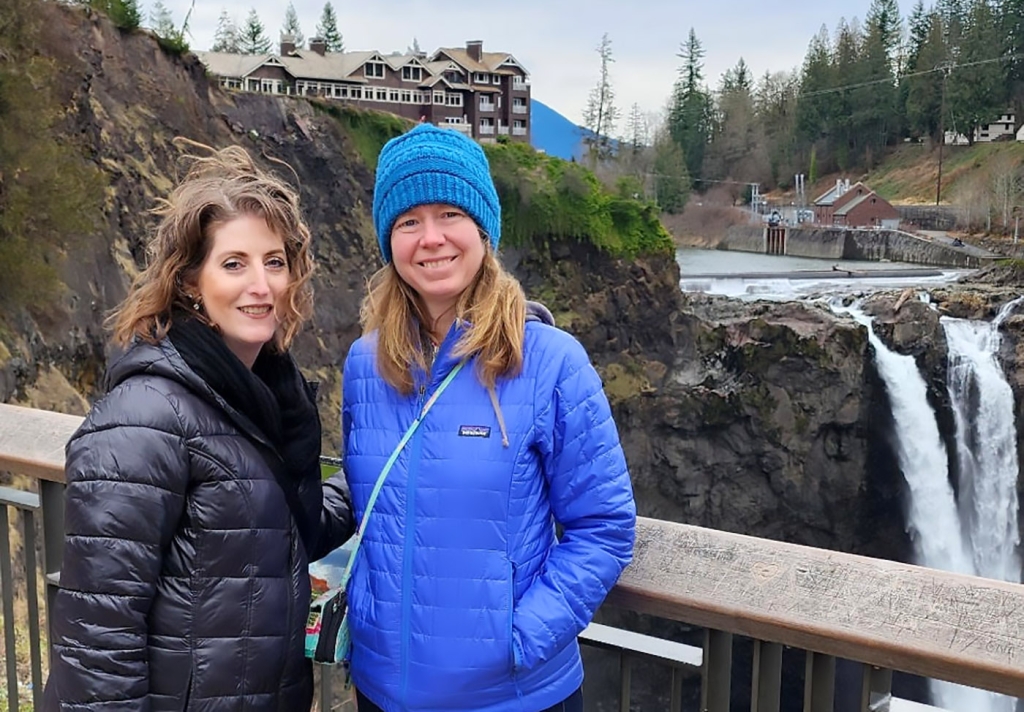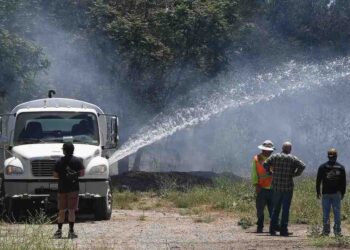In the time it takes to read this column, four new names will be added to the more than 104,000 people currently on the national transplant list.
Everyday, 17 of them will die waiting for a life-saving organ that never came, according to the Health Resources and Services Administration.
If you take anything away from this column, please take this, Shannon DeVaney and Renee Andrae ask. Consider becoming a donor. Give it some serious thought. So many lives depend on it. People you know and strangers.
Shannon and Renee, both 43 now, went from best friends in kindergarten all the way through college graduation together in Washington state. All those sleepovers at each other’s homes, family vacations together and midnight talks about old boyfriends and new ones made them closer than sisters.
They knew that marriage or a job would one day separate them, and it did, but their history together ran so deep that weeks could go by between phone calls, yet when they heard each other’s voice it felt like only yesterday since they had last spoken.
So, when the phone didn’t ring in Shannon’s Woodland Hills home on the day Renee made the biggest decision of her increasingly fragile life, her oldest friend knew something had changed.
Why did she hear from Renee’s mother, second-hand, that her daughter had finally decided she couldn’t wait any longer for a deceased donor liver transplant, and had been accepted at a hospital that does living donor liver transplants?
They had talked about this for more than a year. Shannon, a biologist, had even flown up a few times to be with Renee. She had done the research.
“Knowing she wouldn’t receive a deceased person’s liver in time, I wanted her to have every option to live,” Shannon said. “This was her best option.”
There could be only one reason Renee hadn’t called. She didn’t want Shannon to feel an obligation to be a donor. Giving someone 60% of your liver was a big ask, even for your oldest…
Read the full article here







